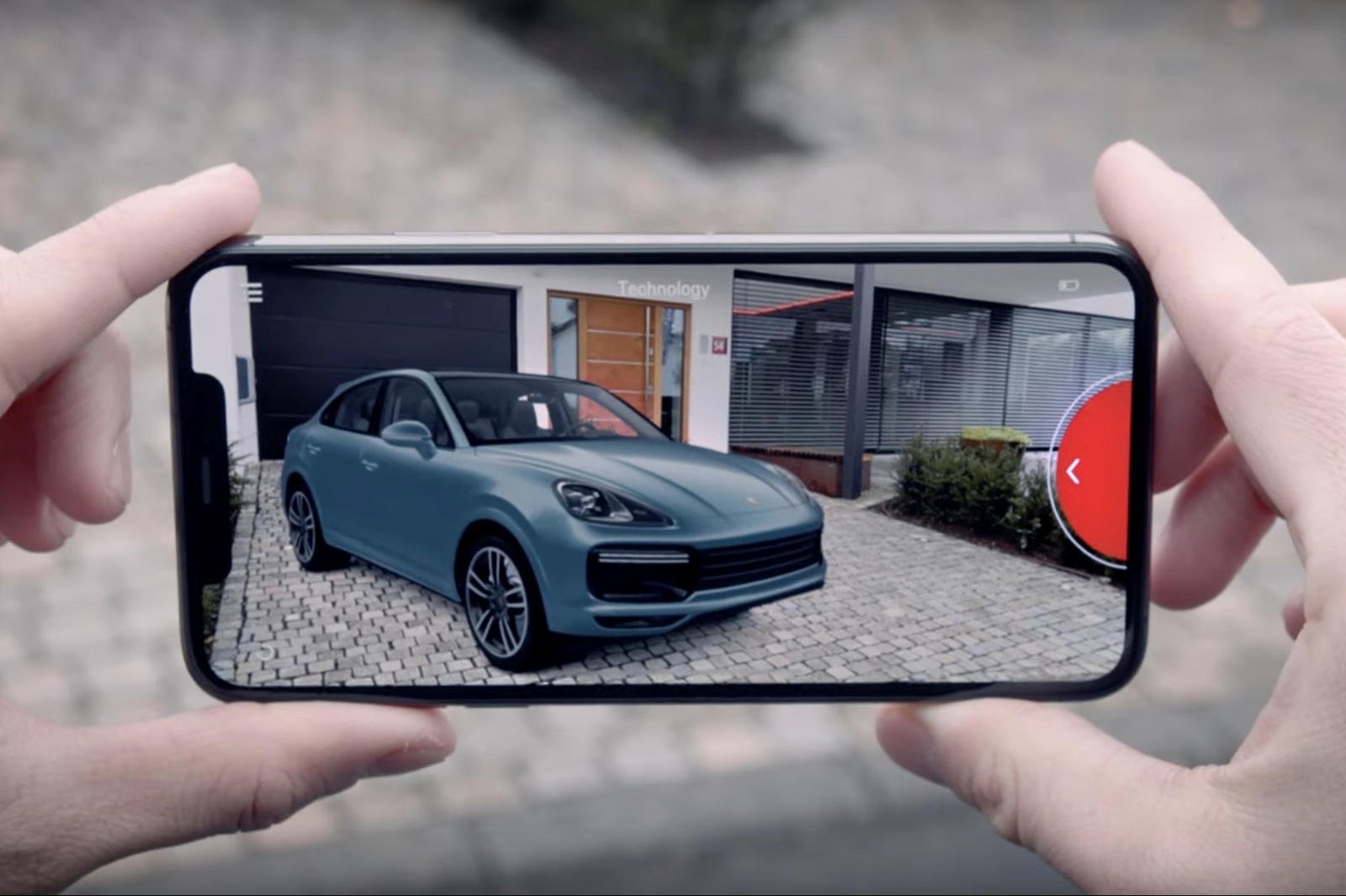Your Custom Text Here
Thriving in the Evolving Automotive Landscape of 2024
The automotive industry is adapting to new dynamics in 2024, signaling opportunities for change and innovation. With the post-pandemic surge in demand balancing out, customers are now benefiting from a broader range of options, thanks to revitalized supply chains. Although higher interest rates are influencing vehicle financing, this has ushered in attractive discounts for customers, invigorating dealership competition and presenting customers with great deals. The current surplus supply hints at potential market adjustments, but also offers room for strategic planning. Amidst global uncertainties, consumers have a rich landscape to navigate. McKinsey & Company highlights that while growth may be moderating to 2.4% from 2019 to 2030, it's still a testament to the resilience and potential of the industry when compared to the 3.6% of the previous decade.
To excel amidst these changes, dealerships can adapt and employ effective strategies:
Inventory Management: Maintain inventory matching market demand, tracking sales trends, avoiding overstocking on slow moving vehicles, and controlling associated costs such as storage and financing expenses.
Customer Service: Prioritize customer satisfaction, hire knowledgeable staff, and ensure hassle-free buying experiences, fostering loyalty.
Digital Marketing: Build a strong online presence through user-friendly websites, social media engagement, and SEO to reach potential customers.
Efficient Processes: Streamline operations, reduce turnaround times, and establish clear communication channels between departments.
Employee Training: Invest in staff training and development to keep them equipped with necessary skills and knowledge.
In summary, 2024 brings challenges, but dealerships can thrive by focusing on effective inventory management, top-notch customer service, digital marketing, streamlined processes, and employee development.
CarGurus’ Mid-Year Intelligence Report
As we delve into the second half of the year, they took a closer look at the key trends that have shaped the market so far. From the performance of the US economy to the surge in electric vehicles (EV) and the shifting dynamics of used vehicle prices and inventory, this report provides valuable insights into the ever-evolving automotive landscape. Check out CarGurus’ mid-year intelligence report to see the driving forces behind these trends and gain a deeper understanding of the industry’s current state!
5 Key Dominating Digital Marketing Trends in 2023 So Far
In the rapidly evolving automotive industry, the landscape of digital marketing is undergoing significant transformations fueled by emerging technologies and shifting consumer behaviors. Just as history has shown, digital marketing in the automotive sector is ever-evolving, and those who can adapt to these changes are the ones who thrive. To craft a successful digital marketing strategy for the future, it becomes crucial for automotive businesses to understand the current trends that have been dominating 2023 so far. Here are five key trends in digital marketing that automotive companies should carefully consider now that we are halfway through the year:
Virtual reality and augmented reality experiences:
Virtual reality and augmented reality are revolutionizing how automotive companies engage with their customers. Offering captivating and immersive experiences, VR allows potential car buyers to virtually explore various car models, step inside the vehicles, and closely inspect their features. On the other hand, AR seamlessly blends digital content with the real world, enabling customers to see how their desired cars would look in their driveways or garages. By implementing these cutting-edge technologies, automotive businesses can enhance customer engagement, increase interest in their car models, and ultimately boost sales.
Leveraging Generative AI Tools for Personalization:
The rise of artificial intelligence (AI) has brought valuable opportunities for automotive marketers to achieve more in less time. Generative AI tools, like ChatGPT, can be utilized to personalize interactions with potential car buyers. AI-powered chatbots can engage in real-time conversations with customers, addressing their queries, providing personalized recommendations, and assisting them throughout their car-buying journey. By incorporating AI-driven personalization, automotive companies can improve customer satisfaction and drive more conversions.
Embracing Social Commerce and Seamless Purchasing:
Social commerce has become a dynamic approach for automotive businesses to integrate shopping with social interactions. Leveraging user-generated content such as authentic customer reviews and engaging videos showcasing car experiences, companies can create emotional connections with potential buyers directly on social media platforms. This approach allows customers to ask questions, seek advice, and engage with the brand, leading to increased confidence in their purchase decisions and facilitating seamless car sales.
Optimizing for Voice Search and AI Virtual Assistants:
The rise of voice search, fueled by AI virtual assistants like Siri and Google Assistant, has significantly impacted how consumers search for automotive information. To optimize for voice search, automotive companies must anticipate conversational queries relevant to their car models and provide concise, informative responses. By securing top positions in voice search results, business can increase their visibility and reach potential car buyers who prefer voice-based interactions.
Emphasizing Conversational Marketing for Real-Time Engagement
Conversational marketing has become a crucial trend in the automotive industry, enabling real-time engagement with potential customers. Leveraging chatbots, live chat, and messaging apps, automotive businesses can actively interact with customers, answer their questions, and provide personalized recommendations. This approach enhances the customer experience, nurtures stronger connections, and generates high-quality leads. Adopting chatbots for conversational marketing proves to be a valuable investment, as routine queries can be promptly addressed, saving time and enhancing customer satisfaction.
As the automotive industry continues to evolve, digital marketing remains a pivotal factor in driving success and growth. By embracing these trends and capitalizing on emerging technologies, automotive companies can elevate their marketing strategies, improve customer engagement, and thrive in the competitive digital landscape.
5 Trends That Will Transform Auto In The Next 5 Years
In the next five years, the automotive industry is set to undergo a significant transformation that will revolutionize the driving experience. This transformation is driven by innovation in automotive software, and five key trends will shape the industry's future. Here are five trends that will transform the auto industry in the next five years.
Software-Defined Vehicles (SDVs)
In the near future, cars will be software-defined vehicles controlled by software. SDVs will be known for their user experience rather than their physical attributes, and software will create a direct connection between car manufacturers and customers. This connection will enable platform-driven auto businesses that seamlessly deliver personalized services to customers via their vehicles. In the future, the software in a vehicle will be as important as its logo.
Renewal and On-Demand Upgrades
SDVs that are connected to the web will evolve the same way as smartphones, with regular software updates. Many automakers are already experimenting with on-demand services that flow as software to users. BMW delivers downloadable updates via the MY BMW App or the SIM card built into the vehicle. Volvo offers customers over-the-air (OTA) software updates sent directly to their vehicles in two phases: a download phase when the car is in use and installation when the car is not in use. Some car companies are looking to monetize software upgrades, such as Mercedes, which introduced an annual subscription service to unlock enhanced performance in some of their cars.
Car Ownership for Gen Z
With the changing ways people live and work, owning a car may soon look very different, especially for Gen Z. Many Gen Zs want the convenience of a car without the traditional ownership model. The future of car ownership may involve paying for a vehicle only when you need one through a subscription model, car sharing, or peer-to-peer rental service. SDVs with on-demand and remote control features lend themselves to this type of service. Several car manufacturers are experimenting with car subscription models, including Audi, Lexus, Nissan, Porsche, and Volvo. Many third-party companies also offer subscription services, like car rental companies.
Predictive Maintenance
The connectivity built into cars will be used to transmit real-time vehicle diagnostics as part of the Internet of Things. This technology will be used to predict maintenance schedules and alert the dealership, mechanics, and manufacturers of potential issues before they occur. With feedback from advanced analytics powered by AI, the car will flag maintenance issues and share them with relevant parties. This way, the mechanics know ahead of time and can order the necessary parts. Data from individual cars will be aggregated into a manufacturer's errors and maintenance log, allowing them to more accurately spot trends and identify issues earlier in the lifecycle of a vehicle.
Hydrogen-Powered Electric Vehicles
Future electric vehicles may be fueled by hydrogen, providing a viable alternative to address the rising cost of EV batteries, long waiting times for cars and parts, and issues with scaling recharging infrastructure. Initial tests have shown promising results at Germany's DLR Institute for Vehicle Concepts, and it's a technology that could significantly reduce carbon emissions and improve sustainability.
The evolution of the software-defined vehicle is set to bring exciting changes to the automotive industry. From how cars are designed and built, to how individuals use and service them, and how they interact with the ever-expanding automotive ecosystem. The next five years are sure to be a transformative time for the auto industry.









